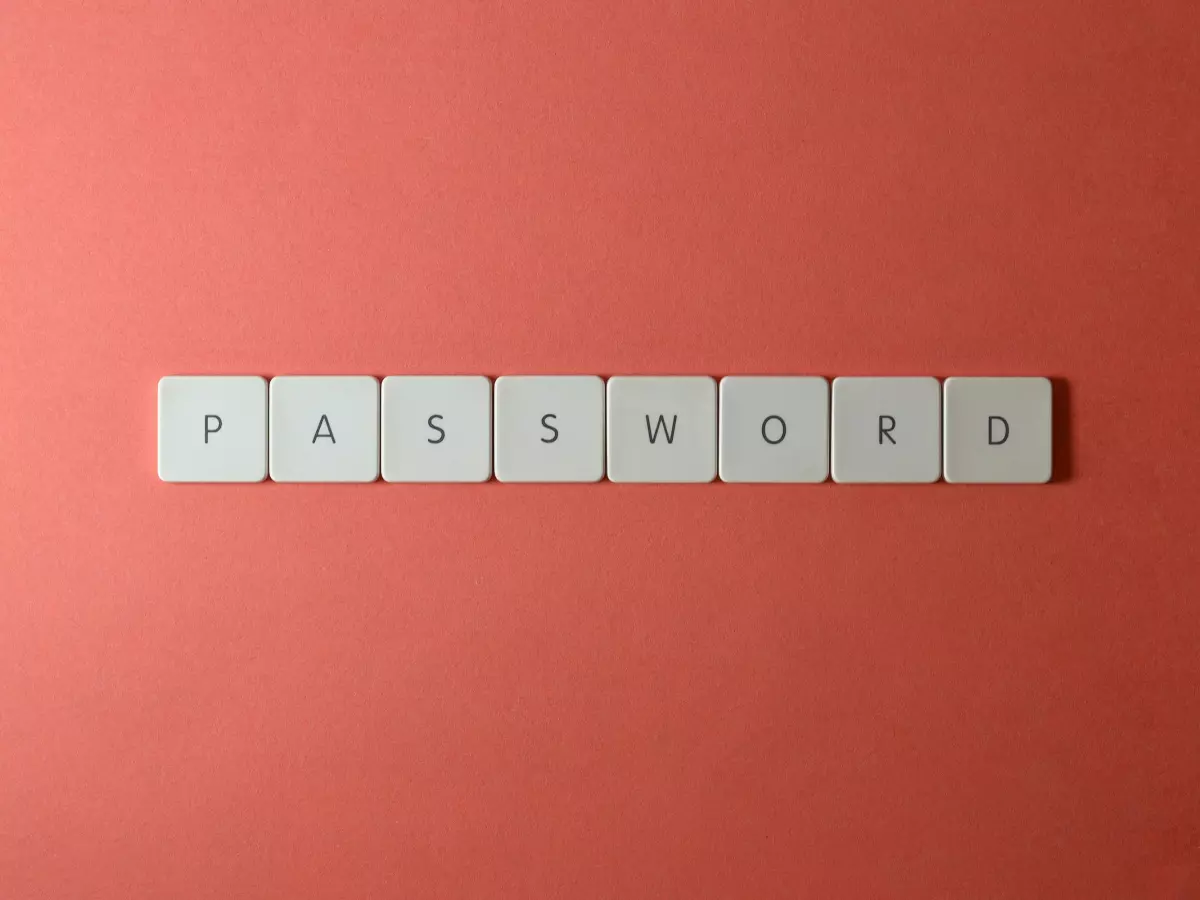Staking Revolution
Imagine paying $800 just to make a transaction. Yeah, that was Vitalik Buterin’s life at one point. But now, he’s on a mission to make Ethereum staking a whole lot easier for the rest of us.

By Dylan Cooper
Let’s rewind for a second. Ethereum staking has always been a bit of a high-roller’s game. If you wanted to stake solo, you needed a whopping 32 ETH. That’s a cool $50,000 at current prices, give or take. Not exactly pocket change, right? But Vitalik Buterin, Ethereum’s co-founder, is looking to change that. He’s pushing for a reduction in the solo staking requirement, and it could be a game-changer for decentralization.
So, why does this matter? Well, decentralization is kind of the whole point of Ethereum. The more people who can stake, the more decentralized the network becomes. Right now, most people are either staking through third-party services or joining staking pools because they don’t have the 32 ETH to go solo. But with lower requirements, more people could stake on their own, which would spread out the power and make the network more secure.
According to Cointelegraph, Buterin’s push for lower staking requirements is part of a broader effort to make Ethereum more accessible. And it’s not just about staking. Ethereum’s Layer 2 solutions have already slashed transaction fees, making it way cheaper to use the network. Buterin himself once had to pay over $800 for a single transaction. Now, thanks to Layer 2s, those days are long gone.
What’s the Big Deal with Solo Staking?
Alright, let’s break it down. Solo staking means you’re validating transactions on the Ethereum network all by yourself. No middleman, no pool, just you and your ETH. It’s like being your own boss, but in the crypto world. The catch? You need a lot of ETH to get started—until now.
Lowering the staking requirement means that more people can participate without having to rely on third-party services. This is huge because it means more decentralization. And more decentralization means a stronger, more secure Ethereum network. It’s like spreading out the responsibility so no one entity has too much control.
But here’s the kicker: solo staking isn’t just about decentralization. It’s also about rewards. When you stake solo, you get to keep all the rewards for yourself. No splitting with a pool or paying fees to a third-party service. So, yeah, lowering the staking requirement could make staking not only more accessible but also more profitable for the average user.
The Future of Ethereum Staking
So, what does the future hold? If Buterin’s vision comes to life, we could see a massive shift in how people stake their ETH. More solo stakers mean a more decentralized network, which is exactly what Ethereum needs to stay ahead in the ever-evolving world of crypto.
And let’s not forget about those Layer 2 solutions. They’ve already made Ethereum more affordable to use, and with lower staking requirements, the network could become even more user-friendly. It’s like Ethereum is shedding its high-roller image and becoming more accessible to the everyday crypto enthusiast.
In the end, this isn’t just about staking. It’s about the future of Ethereum and how it can continue to grow and evolve. Lowering the solo staking requirement is just one piece of the puzzle, but it’s a crucial one. So, if you’ve been sitting on the sidelines because you didn’t have 32 ETH to stake, now might be your time to shine.
Who knows? Maybe one day, staking solo on Ethereum will be as easy as sending a tweet. Okay, maybe not that easy, but you get the idea.





